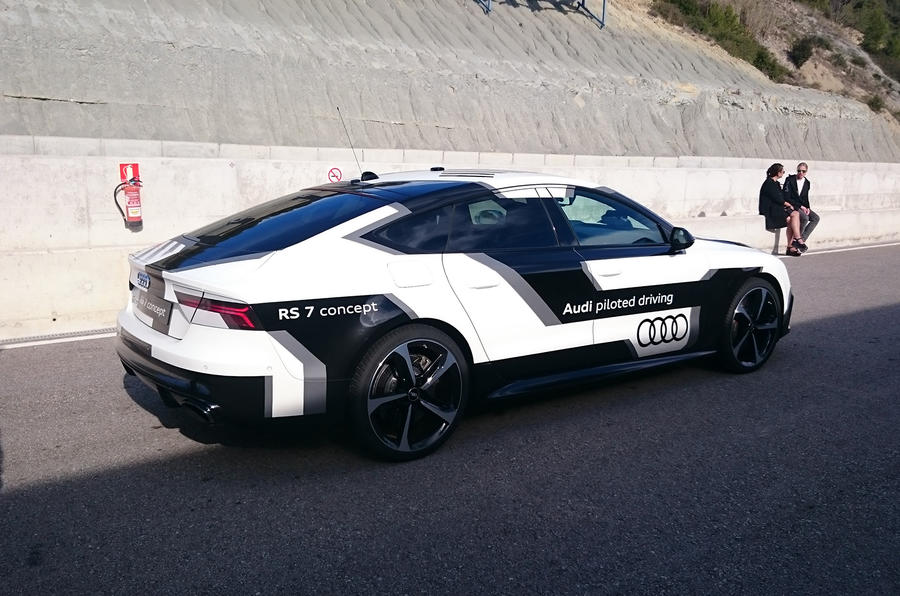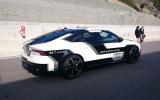Are you getting a little bored of the endless talk about autonomy for cars? And all the excitement in the mainstream media about Google cars and how we are on the edge of a whole new way of driving?
I don’t blame you. The day when your car will drive you to work is still a long way off. And don’t expect Google or Apple to upend the global car industry. The majority of cars sold in 10 years’ time will still need to be driven by a qualified occupant who will have their hands on the wheel for the vast majority of any journey.
Truth is, there are many kinds of automotive autonomy - and you probably have at least one form on your car already.
The fact that you might not know that is the whole point. With the exception of hands-free progress in heavy traffic - something that is still a tricky area for the law because of clauses in the Vienna Convention - most of the autonomous technology coming our way will lie dormant until the split second it is needed.
The autonomous system you might already have on your car is probably a form of electronic stability control (ESC). Take a corner too quickly - and then unsettle the car by lifting off the gas - and you run the risk of being pitched off the road.
The ESC has already made its calculations and can apply individual brakes to try to steady the car. Often it can also kill the engine’s power to try to prevent an accident.
But over the past three weeks I’ve experienced three of the latest types of automotive autonomy and I’m pretty sure the most important is nothing to do with taking your hands off the wheel.
Week one saw a quick trip to Heathrow Airport to try the new ‘autonomous’ Tesla Model S 7.0. Yes, it is very impressive, but it is the same mix of radar cruise control and lane assist that you’ll find on other top-end executive cars.
Unlike the US version of the software where it is possible - but not necessarily recommended - to drive hands-off, the EU Tesla’s biggest trick is its automatic lane change. Keep your hands at least loosely on the wheel and the car will perform a pre-checked lane change when you trigger the indicator stalk.
The car’s capabilities in heavy traffic are enough to take the weight off a tired driver and are especially useful at night. However, the Tesla does need to be able to track nice, clear, white road markings to be able to self-steer. Can we be sure that cash-strapped councils and governments can deliver the crisp, new road markings that auto-steering requires?












Add your comment